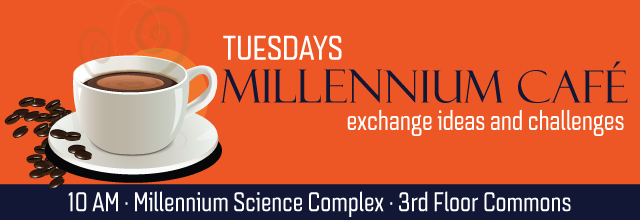
The development of thermal analogues to electrical devices (diodes, transistors, etc) and the potential of integrated thermal systems is the next frontier in nano/micro scale thermal transport. This exciting new area of research represents uncharted territory for the thermal sciences community where until now, the primary objectives for controlling the flow of heat have been focused on fixing the properties of a material or interface to (a) be as conductive or resistive as possible and (b) maintain these properties both over time and under a variety of environmental conditions. My presentation will encompass a survey of the existing research on thermal diodes and transistors to date, as well as a perspective on future material/device architectures and other electrical-analogs including detectors and interconnects.
